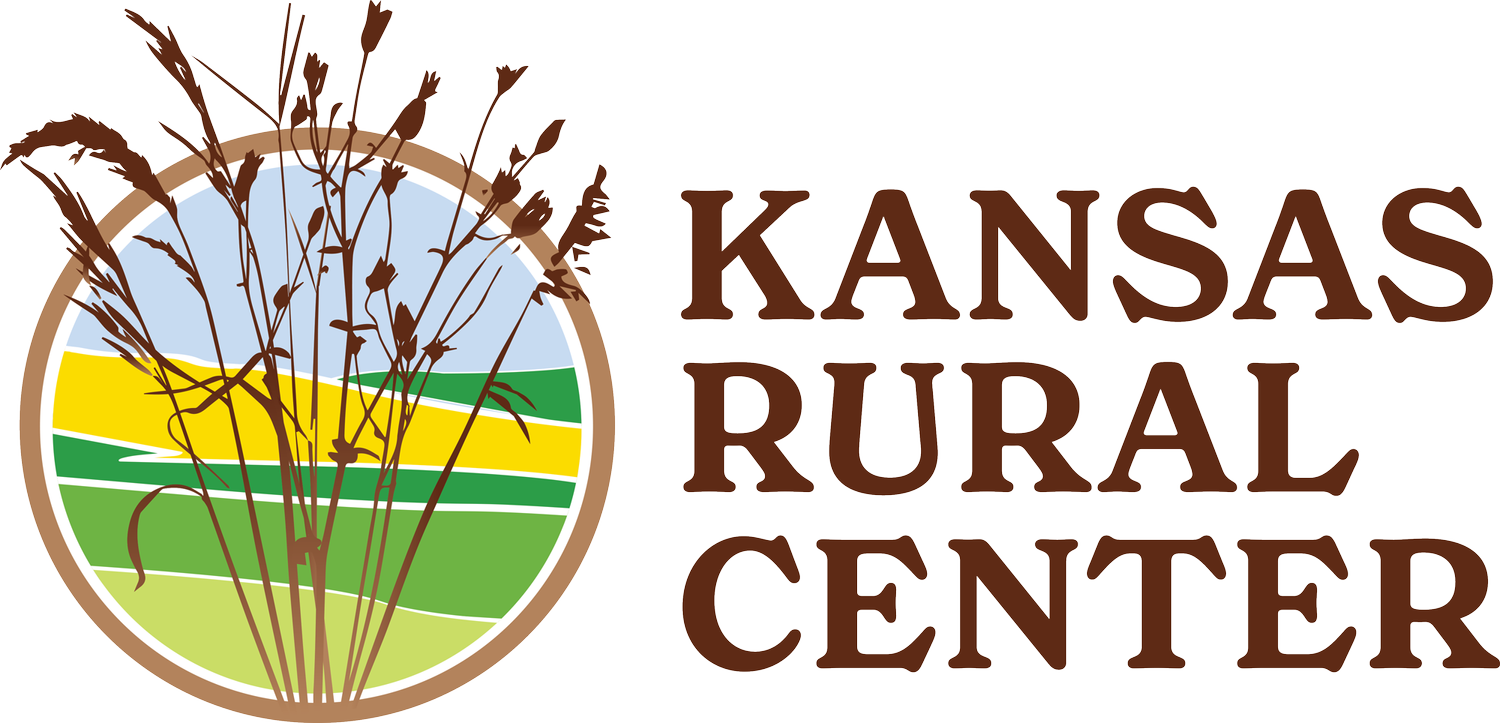Hope for Small Meat Processors and the Farm Bill
Connor Kippe - National Sustainable Agriculture Coalition, Policy Specialist
It is an old cliche, but sometimes to move forward and create new futures, you have to unearth the past. Before the advent of mass processing of livestock in places like Abilene and Chicago - communities often had smaller local butchers - who did everything from slaughtering through to sausage making. These new, highly mechanized processors were the technological and economic forebears to our currently highly centralized processors - often quite linearly descended from some of these initial communities.
With evolved technology, and evolving needs from our food system - we can fund and protect small processors who utilize the best tech, to process more efficiently, to provide for their local communities. This style of support of dispersed meat processing infrastructure is actually key to helping provide the resources needed for the smaller farms utilizing sustainable practices that we need in our changing climate.
In this farm bill cycle, it is necessary to take the best parts of our meat processing history and radically refit it for our current times. This re-localization is needed to foster the types of farming that promote health, protect the environment, and bolster rural communities. Allowing for diverse livestock (poultry, hogs, cattle, and others) to be integrated into vegetable or grain crop rotations is critical for the financial and ecological viability of many farms.
In recent years, and most noticeably during the supply chain disruptions due to the Covid-19 Pandemic, several departments of the USDA, including Rural Development, Agricultural Marketing Service, and others have helped direct key funding specifically to the types of small and even very small meat processing plants that support smaller-scale farmers who are implementing such important agro ecological techniques. These Meat and Poultry Programs, such as the Inspection Readiness Grant (MPIRG), Processing Expansion Program (MPPEP), and Intermediary Lending Program (MPILP) have helped smaller plants scale up or prepare themselves for federal inspection by utilizing different-sized grants and loans.
In this Farm Bill, sustainable agriculture advocates are hoping to see continued funding for the programs that mirror these key recent administrative investments made under Secretary Vilsack. These investments help to prioritize resources for smaller plants that have already started operations, or for individuals hoping to open one.
“Marker bills” are used to mark out desired shifts in Farm Bill legislative text. In previous iterations, the amount of titles has fluctuated between 10-12, with each covering a different consideration or series of programs. Historically, livestock processing and food safety programs have lived in the last of these titles, labeled as “Miscellaneous”.
The main vehicle for mapping out the funds and policy change we need will be the Strengthening
Local Processors Act (SLPA), a bill cosponsored by Rep. Chellie Pingree (D-ME-1), Senator Thune (R-SD), and others. The goal of the Strengthening Local Processors Act (SLPA) is to reshape our current meat processing policy with an eye toward providing more resources to help small and very small meat plants achieve their desired scale, and increase funding for the development of small (under 500 employees) and very small (under 10 employees) processing plants, states that inspect them for interstate cooperative shipment, and the workforce necessary to sustain them.
The SLPA would increase the number of employees used to define the size of plants in the Poultry Products Inspection Act and Federal Meat Inspection Act , allowing for a greater percentage of federal payment (50% previously, 65% with passage of this bill) of cost share to states that inspect and perform up to the same level of regulation for interstate cooperative shipment, and greater reimbursement for said inspections themselves from 60% to 80%. This would likely increase the size of markets for many smaller plants, and increase the amount of plants that could qualify for doing so.
It also provides for size-appropriate hazard and critical point analysis across the breadth of the industry. Many smaller processors have expressed the need for size- appropriate examples and Hazard Analysis Critical Control Point (HACCP) guidance, and the SLPA does this and in doing so, calls for evidence-based support.
The SLPA would establish a Processing Resilience Grant program to bolster processing resiliency and development at the local level via funding upgrades for small and very small plants. The SLPA would authorize $10 million annually in mandatory spending for the grants program, with up to an additional $10 million authorized through the annual appropriations process.
Many of these provisions are bipartisan and affect farming communities across the US - from Kansas to Maine to California. More legislator support is needed and can be created by showcasing how the administrative funding funds currently benefit plant owners, workers, farmers and more generally communities in their home states. Advocates believe there will be a range of interests in different provisions that will be adopted into the final farm bill.
After the farm bill passes, NSAC envisions a more diversified meat processing system, one in which producers can more reliably receive commensurate prices for how they raise their meat, where smaller processors have found the scale appropriate for their operations and their communities, and where the employees of those processors have good jobs that benefit their communities.
Links from Connor’s Article:
National Sustainable Agriculture Coalition - https://bit.ly/3eJCMy
Meat and Poultry Inspection Readiness Grant - https://bit.ly/3Lik9Od
Meat and Poultry Processing Expnsion Program - https://bit.ly/3QRjft9
Meat and Poultry Intermediary Lending Program - https://bit.ly/3BJoHtJ



